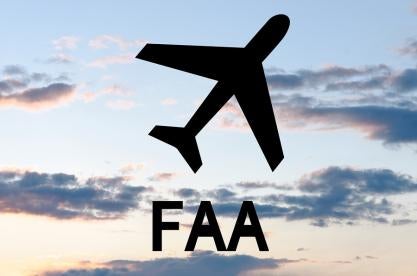Military concerns about siting renewable generation projects near aviation bases have gained traction in Texas, prompting a recent change to the Electric Reliability Council of Texas (ERCOT) interconnection study process and proposed state legislation that would jeopardize property tax abatement eligibility for Texas wind projects within 30 miles of military aviation facilities. According to the Department of Defense (DOD), siting concerns generally relate to the potential for a project to interfere with radar communication, airspace and training operations.1
New ERCOT Requirement for Interconnection Studies
In response to a request from the Texas Governor’s Office and the Department of Defense, ERCOT adopted Planning Guide Revision Request 47 (PGRR 47), which became effective November 1, 2016. PGRR 47 resulted in an ERCOT protocol change that requires new generation seeking a Full Interconnection Study (FIS) to submit a declaration to ERCOT concerning the applicability and status of reviews by the Department of Defense Siting Clearinghouse and/or the Federal Aviation Administration (FAA) for the proposed generation resource.
As background, current federal regulations require that any structure constructed above certain height limits (approximately 200 feet above ground level) or within certain close proximity to military and civilian airports provide notice to the FAA and the U.S. DOD Siting Clearinghouse. The FAA will either issue a Determination of No Hazard, in which case construction can begin, or alternatively, the FAA will issue a Determination of Presumed Hazard, which may start a process of negotiation and appeal. In addition, the DOD Siting Clearinghouse has an early informal consultation process that can alert project developers to military concerns prior to filing for official FAA feedback.
However, some military bases have complained that the existing regulatory regime does not require developers to engage in the FAA and DOD Siting Clearinghouse process until late in the project development process. In response to these concerns, the ERCOT notice requirement will be a condition to obtaining an FIS study, which typically happens early in project development.
In order for interconnection studies to proceed, ERCOT will require new projects to provide a Declaration of Department of Defense Notification, certifying that: (1) the project has notified the DOD Siting Clearinghouse of the proposed project and requested an informal or formal review as described in federal regulations; or (2) the proposed new generation resource is not required to provide notice to the DOD and FAA because the project does not meet the criteria for notifying the FAA.
Proposed Legislation Prohibits Property Tax Incentives for Wind Farms near Military Aviation Facilities
The 85th Texas legislative session began January 10, 2017. Proposed legislation has been filed that targets property tax incentives for wind farms near a military aviation facility. House Bill 445, sponsored by Rep. James Frank (R-Wichita Falls), would prohibit property tax abatement under an abatement agreement entered into on or after September 1, 2017, for wind farm developments that are within 30 nautical miles of the boundaries of a military aviation facility located in Texas. The prohibition would apply regardless of whether the wind farm is installed or constructed at a location that is in a reinvestment zone. The companion Senate Bill 277 is sponsored by Sen. Donna Campbell, R-New Braunfels.
1. http://www.acq.osd.mil/dodsc/







 i
i


